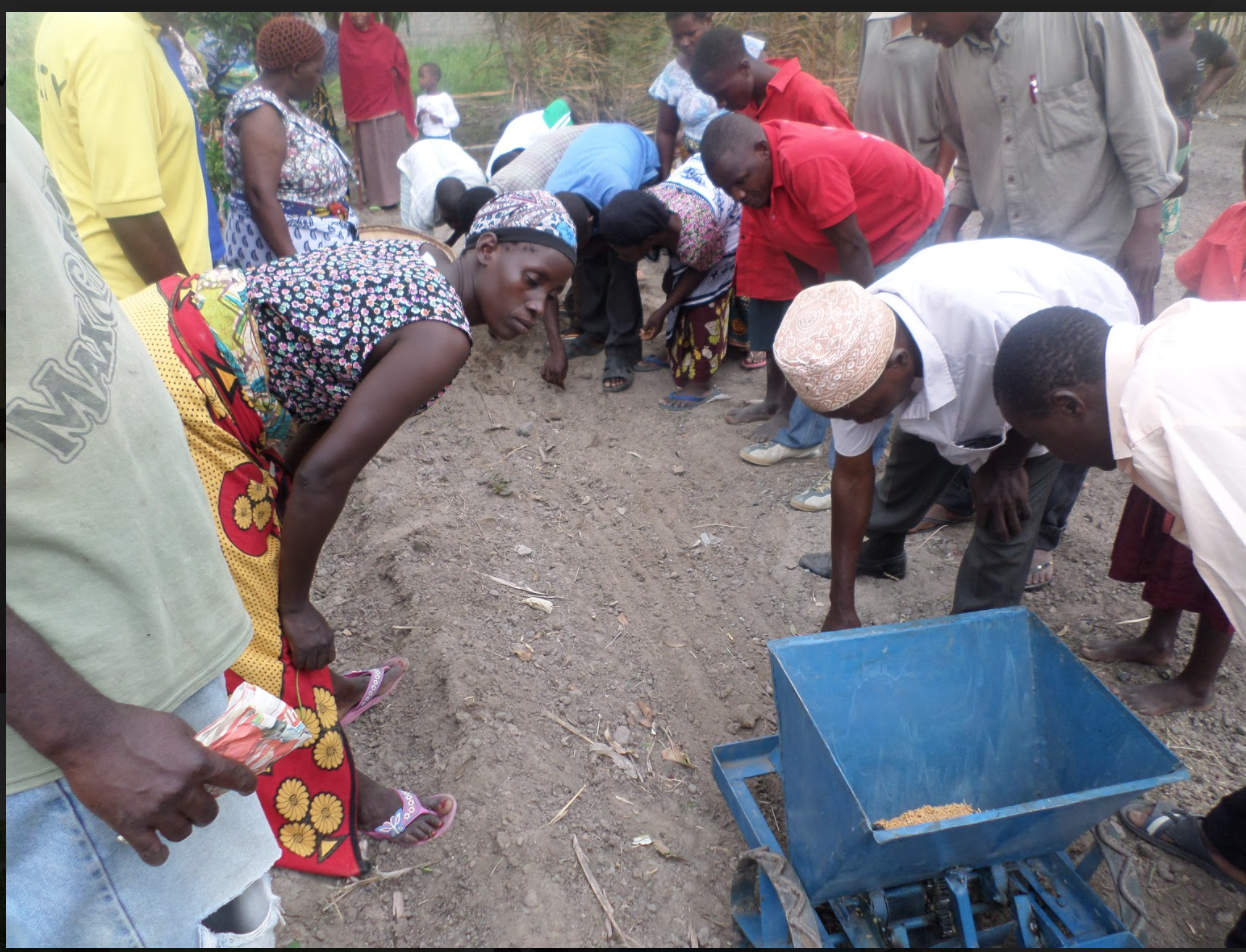Ministry of Agriculture Recognizes Top-Producing Regions in Tanzania
The Ministry of Agriculture in Tanzania has celebrated and honored the outstanding agricultural achievements of various regions through the presentation of awards. The Minister of Agriculture Hussein Bashe highlighted the exceptional efforts of regions that have excelled in crop production.
In the category of Grain Crops, the top-performing regions were announced as follows:
Ruvuma
Rukwa
Mbeya
These regions demonstrated unparalleled dedication and innovation in the cultivation of grain crops, contributing significantly to the nation’s food security and economic growth.
For Non-Grain Crops, the following regions were acknowledged for their exceptional achievements:
Kagera
Kigoma
Mbeya
The Ministry of Agriculture recognized these regions for their remarkable contributions to producing non-grain crops, which play a crucial role in diversifying the agricultural landscape and enhancing the country’s export potential.
One of the standout regions, Ruvuma, earned well-deserved recognition for its remarkable accomplishment in maize production. The region achieved an astounding record of 1.2 million metric tons of maize in 2022, a significant increase from the 900,000 metric tons produced in 2021. This impressive feat can be attributed to the region’s favorable climate and the adoption of improved agricultural practices that have revolutionized the way maize is cultivated.
Rukwa, another shining star, showcased its prowess in rice production. The region achieved a remarkable production of 800,000 metric tons of rice in 2022, up from 600,000 metric tons in 2021. This remarkable leap was made possible by Rukwa’s strategic investment in irrigation infrastructure and the provision of invaluable agricultural extension services to farmers. These efforts have not only bolstered rice production but have also transformed the lives of countless farmers.
Mbeya, a powerhouse of agricultural achievement, stood out in the production of wheat. The region achieved an impressive production of 700,000 metric tons of wheat in 2022, a substantial increase from the 500,000 metric tons produced in 2021. This accomplishment was realized through the region’s commitment to using improved wheat varieties and the distribution of subsidized fertilizers to farmers. Mbeya’s dedication to enhancing agricultural practices has undeniably contributed to the nation’s food security and economic growth.
Kagera proudly claimed its place among the top producers with an outstanding achievement in banana cultivation. The region achieved a remarkable production of 500,000 metric tons of bananas in 2022, up from 400,000 metric tons in 2021. Kagera’s favorable climate and the establishment of new markets for bananas have played a pivotal role in this achievement, highlighting the region’s ability to harness its resources for agricultural success.
Kigoma, known for its rich coffee heritage, demonstrated exceptional growth in coffee production. The region produced an impressive 400,000 metric tons of coffee in 2022, a significant increase from the 300,000 metric tons produced in 2021. Kigoma’s investment in coffee processing facilities and the provision of comprehensive training to farmers on improved coffee cultivation practices have contributed to this outstanding achievement.
Furthermore, Mbeya continued to shine, this time in tobacco production. The region produced an impressive 300,000 metric tons of tobacco in 2022, up from 200,000 metric tons in 2021. This achievement was the result of a fruitful partnership between the region and tobacco companies, which provided farmers with high-quality seedlings and essential inputs to elevate their yields and the quality of their tobacco.
The ceremony also served as a platform to emphasize key agricultural initiatives, with hashtags such as #SSH, #AGRF2023TZ, #Agenda10/30, #KilimoNiBiashara, #twenzetushamban, and #88KilimoBiashara2023 trending on social media. These tags reflect the shared determination to transform agriculture into a thriving business and a driving force for economic advancement.


